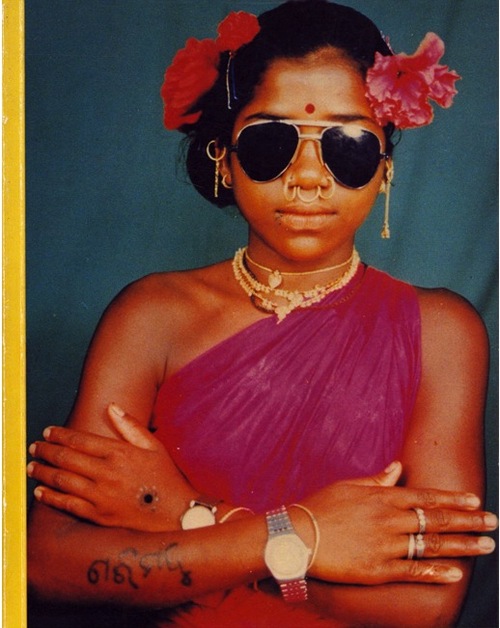by Holly Fetter, ’13
You’ve undoubtedly seen an onslaught of red squares in your newsfeed this week as the Human Rights Campaign (HRC), a national LGBT rights organization, has encouraged supporters of marriage equality to display their politics via their profile photos. A red and pink version of the ubiquitous HRC logo has been consuming Facebook alongside many creative reinterpretations, including my personal favorite — the Tilda Swinton one. (Is it a political commentary? Is it a meta meme? We may never know).
But what do all these symbols mean? And what’s the difference between = and > and Paula Deen? I asked several Stanford students to share their thoughts on what these images mean to them.
 I have the ‘greater than’ symbol, as a symbol of solidarity with all those whose relationships and models of community and care are excluded from the state’s recognition of marriages, and a statement that our queerness neither begins nor ends at assimilation. Marriage is not a ‘first step’ that has the potential to launch more conversation; it is, right now, an eclipsing step, that has overdetermined LGB politics in the US and erased much of the history of queer resistance pioneered by people of color, low-income queers, and trans* people.
I have the ‘greater than’ symbol, as a symbol of solidarity with all those whose relationships and models of community and care are excluded from the state’s recognition of marriages, and a statement that our queerness neither begins nor ends at assimilation. Marriage is not a ‘first step’ that has the potential to launch more conversation; it is, right now, an eclipsing step, that has overdetermined LGB politics in the US and erased much of the history of queer resistance pioneered by people of color, low-income queers, and trans* people.
—Alok Vaid-Menon, ’13




